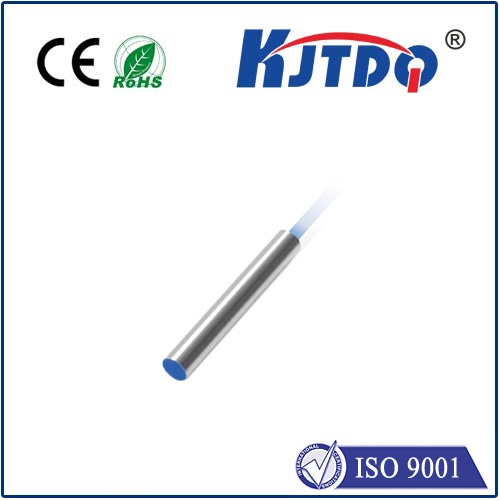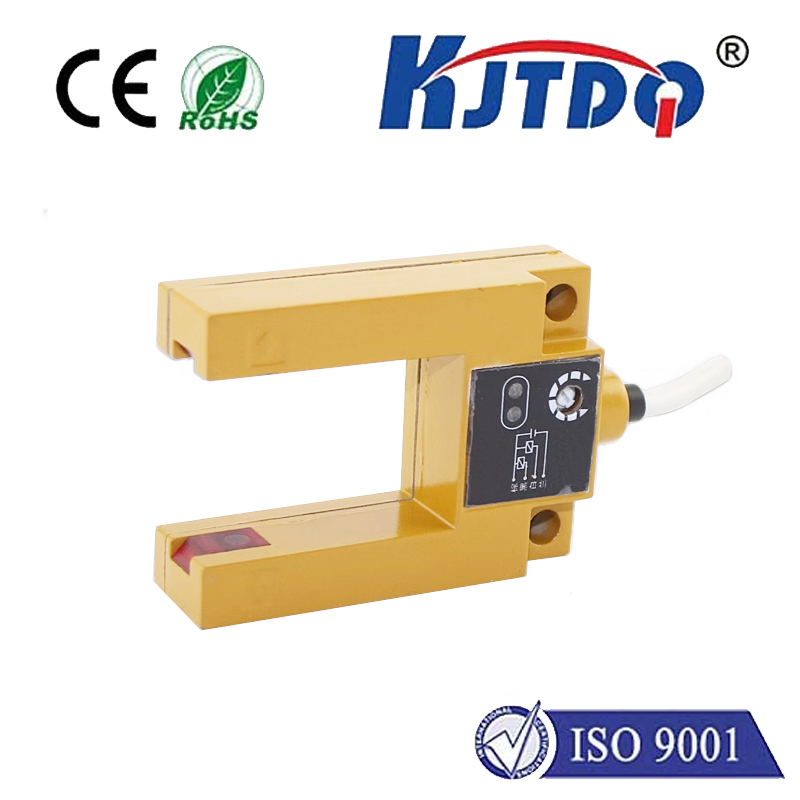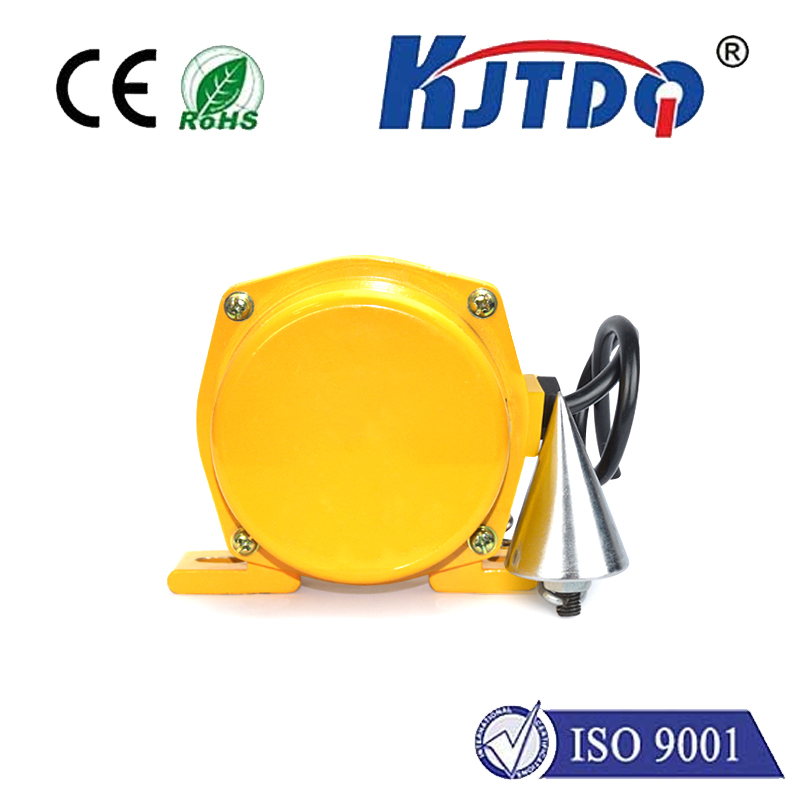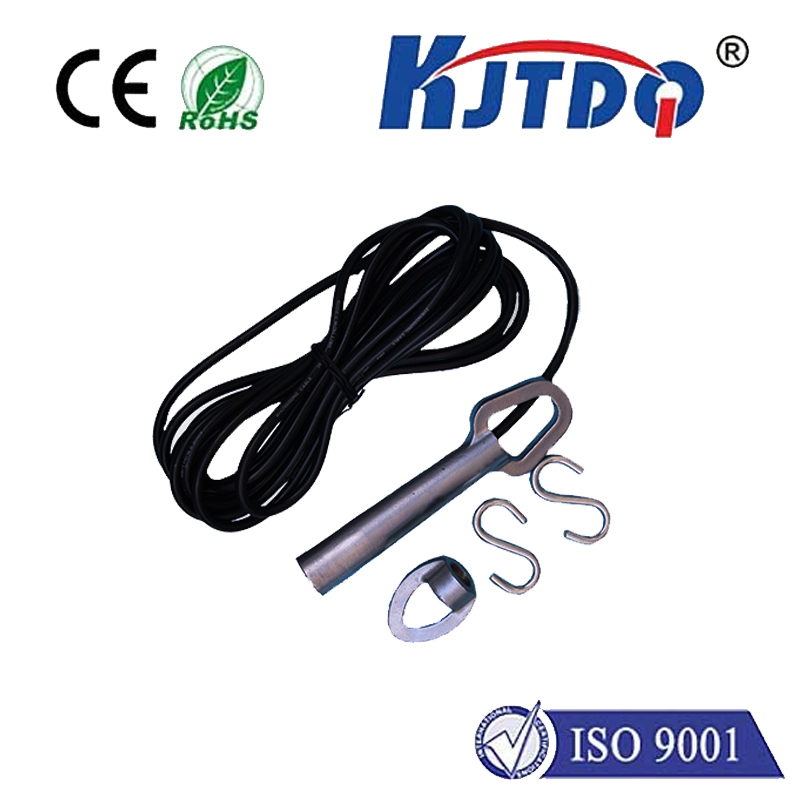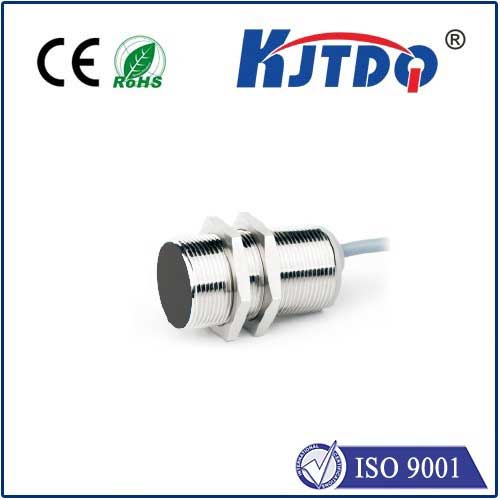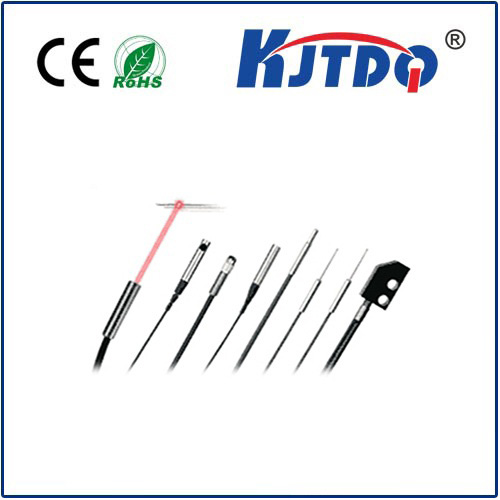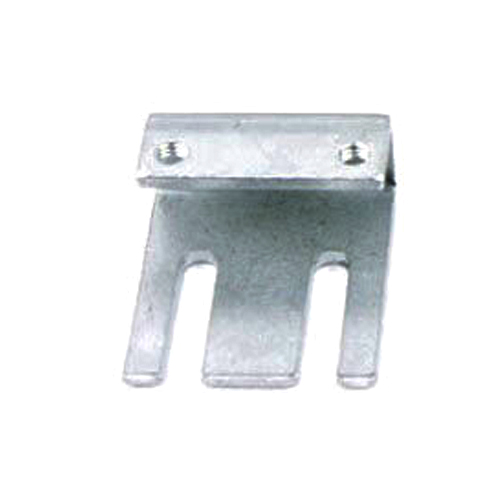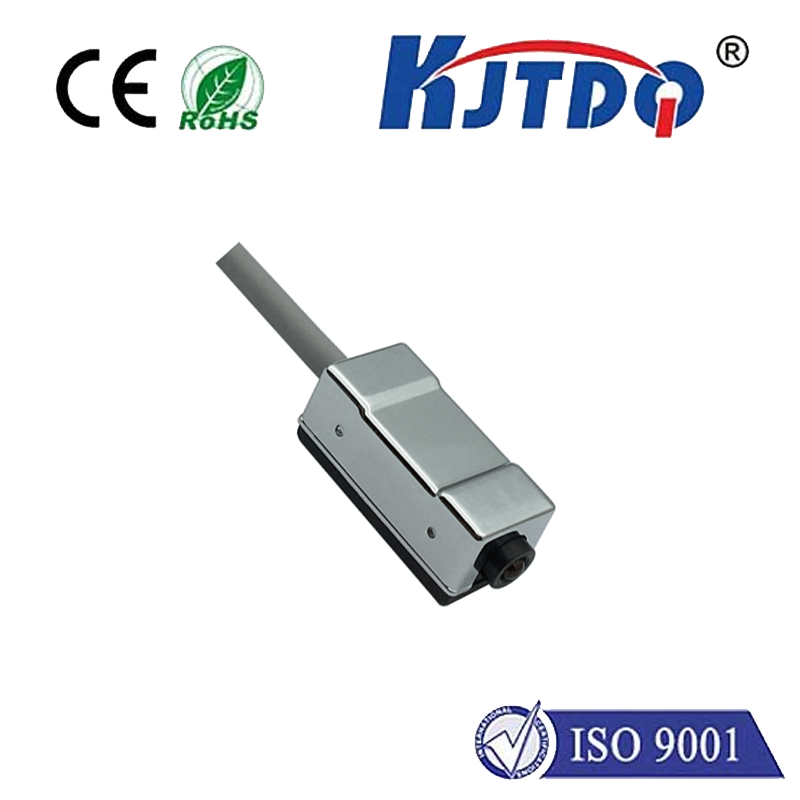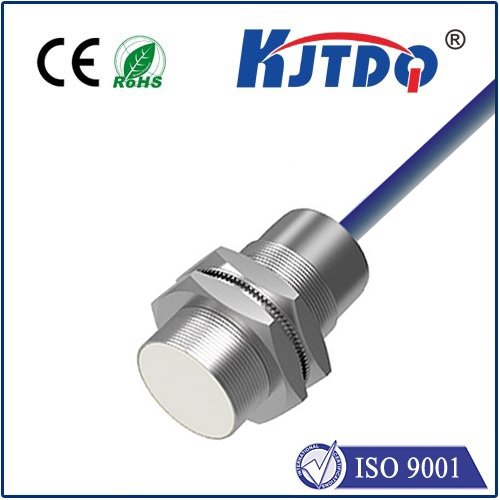Radar Based Sensor: Enhancing Precision and Efficiency in Modern Systems
In today’s rapidly advancing technological landscape, the integration of radar-based sensors has become a pivotal element in various industries, from aerospace and automotive to robotics and environmental monitoring. These sensors leverage radar technology to detect, measure, and analyze objects or phenomena, offering a unique combination of accuracy, range, and adaptability. This article explores the fundamentals of radar-based sensors, their applications, and their growing importance in modern systems.
A radar-based sensor operates by emitting electromagnetic waves and measuring the time it takes for the waves to return after reflecting off a target. This time measurement is used to calculate the distance, speed, and direction of the target. The process is highly reliable and immune to interference from environmental factors such as weather or electromagnetic noise, making it an ideal choice for applications where precision is critical.

One of the key advantages of radar-based sensors is their ability to operate in diverse environments. Whether it’s detecting obstacles in a vehicle’s surroundings, monitoring the movement of aircraft, or tracking the flow of people in a public space, radar-based sensors provide consistent and accurate data. Their non-contact nature also makes them suitable for applications where physical contact could be damaging or impractical.
In the automotive industry, radar-based sensors are widely used in advanced driver assistance systems (ADAS) to enhance safety. These systems use radar to detect other vehicles, pedestrians, and obstacles, enabling features such as automatic braking, lane-keeping assistance, and adaptive cruise control. By continuously monitoring the surrounding environment, these sensors help reduce the risk of accidents and improve overall driving experience.
Similarly, in the aerospace sector, radar-based sensors are essential for navigation and communication. They are used in aircraft to detect other planes, monitor weather conditions, and assist in flight path planning. Additionally, radar-based sensors are employed in satellite systems to track weather patterns and monitor space debris, ensuring the safety and efficiency of space missions.
Beyond transportation, radar-based sensors are also playing a crucial role in robotics and industrial automation. In manufacturing, these sensors are used to monitor the movement of machinery, detect defects in products, and ensure quality control. In agricultural settings, they are employed to monitor crop health and soil conditions, enabling more efficient farming practices.
The growing demand for precision and automation has further fueled the development and integration of radar-based sensors. As industries continue to evolve, the need for reliable and versatile sensing technologies becomes more pronounced. Innovations in radar technology, such as the use of high-frequency signals and machine learning algorithms, are pushing the boundaries of what these sensors can achieve.
In conclusion, radar-based sensors are not just a technological advancement—they are a cornerstone of modern innovation. Their ability to provide accurate, real-time data in a variety of environments makes them indispensable across multiple sectors. As technology continues to advance, the potential of radar-based sensors will only grow, shaping the future of industries and improving the efficiency and safety of everyday systems.
